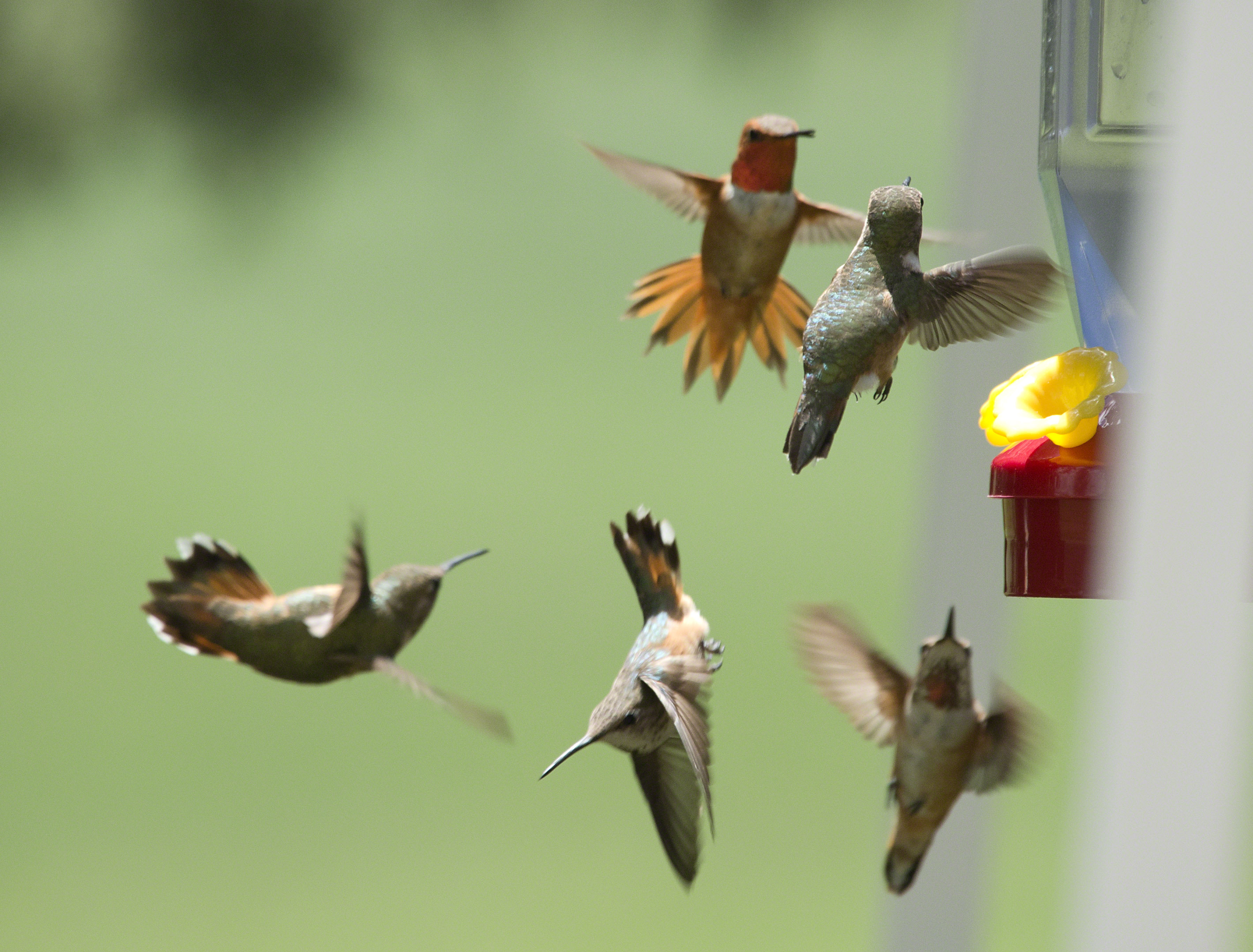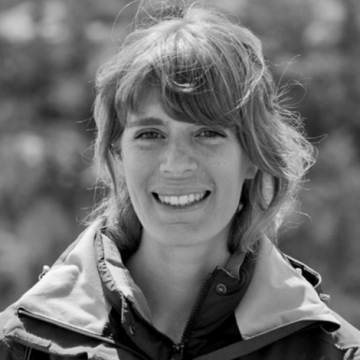Why Trade-Offs Matter: Understanding the Evolution of Flight Behaviour and Social Networks in Birds
Friday, February 28, 2020 from 10:00 am to 11:30 am
- In-person event
- RO, Carleton University
- 1125 Colonel By Drive, Ottawa, ON, K1S 5B6
- Contact
- Kim Hellemans, kim.hellemans@carleton.ca
Presentation by Roslyn Dakin, Department of Biology

Abstract
Behaviour allows animals to respond to diverse challenges in nature. In this conversation, Prof. Roslyn Dakin will present two recent problems from her research on behaviour that illustrate the value of multilevel analysis in biology. The first problem focuses on maneuvering behaviour, or the ability to change speed and direction. Flying hummingbirds have far greater maneuverability than we can achieve technologically – but what traits endow some birds with greater aerial agility? Dakin will discuss how the evolution of diverse hummingbird species provides surprising insight into that question.
Next, Dakin will focus on a very different question of why social networks are sometimes stable (and sometimes not). For this, she studied another small bird, the wire-tailed manakin, in which the males cooperate in their search for mates. Using longitudinal data on manakin behaviour and social networks, she will show how trade-offs at the individual level govern the stability of entire social groups. Although these two studies cover different aspects of behaviour, they both illustrate how a multilevel approach can provide insight into the rules that govern biological systems.

Current Research
Behaviour provides a means for animals to respond to diverse challenges in nature. Prof. Roslyn Dakin’s lab is interested in how the control systems that drive animal behaviour are adapted to the environment. One of their current lines of research is on animal flight, a behaviour that is both physiologically challenging and critical for survival. The biology of flight has broad implications, because animals can achieve agility that far surpasses what we can currently achieve technologically.
The study of flight behaviour can also inform wildlife conservation for many declining aerial birds, bats, and insects. Another current line of research focuses on the dynamics of cooperative behaviour and social network structure in animal societies. Overall, Dakin’s lab takes a highly quantitative approach for defining and analyzing the dynamics of behaviour. To learn more, please visit her lab website.